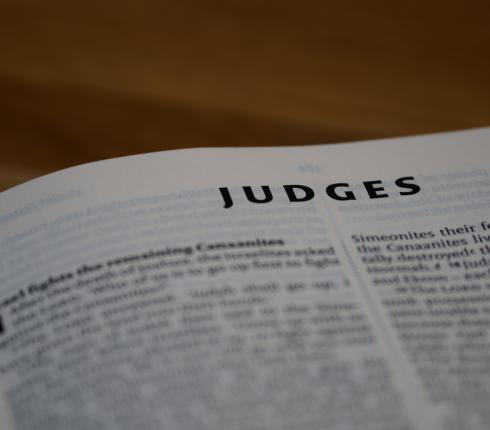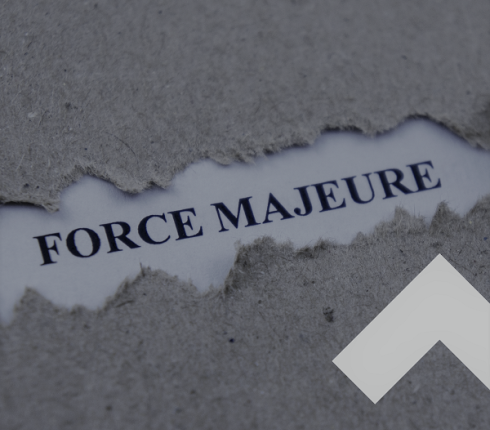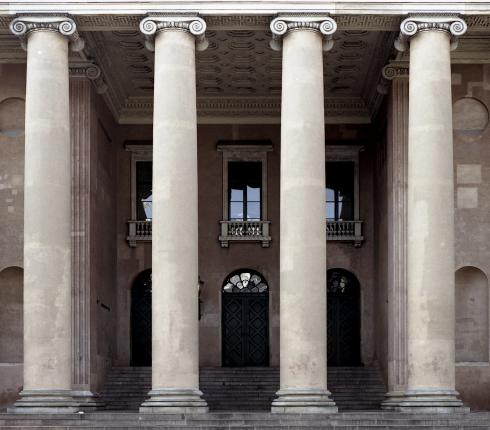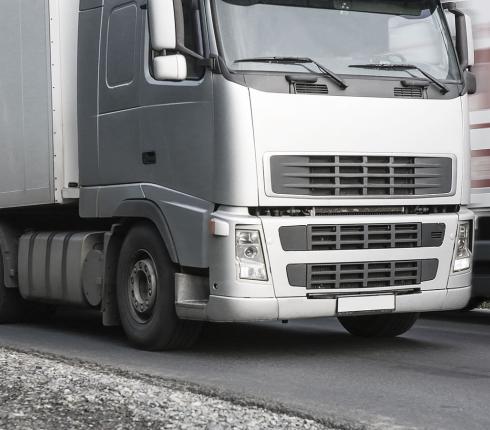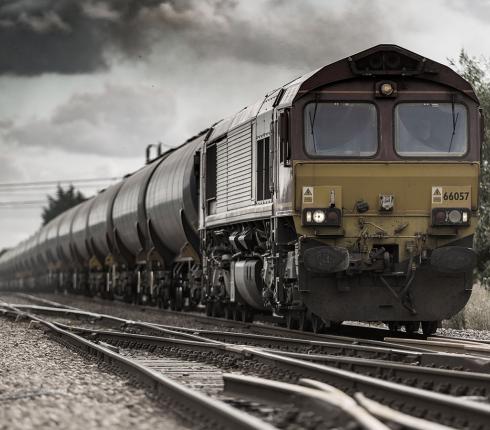The Danish Supreme Court: A direct claim under section 95(2) of FAL was not barred by limitation
On 24 February 2022, the Danish Supreme Court ruled in a case concerning the limitation of a claim for compensation for the loss of a batch of cigarettes in connection with road transport. Unlike the Maritime and Commercial Court and the Eastern High Court, the Supreme Court found that the victim's claim was not barred by limitation under the Danish Act on Limitation. However, the Supreme Court held that the limitation period had been interrupted by the bankruptcy of the offender's notification of the damage to his liability insurance company under Section 29(5) of the Insurance Contract Act and that the injured party had thus subrogated to the offender's legal position also in relation to the limitation period.

THE BACKGROUND AND FACTS OF THE CASE
In September 2011, the Dutch company Kazemier Transport B.V. (Kazemier) transported a batch of cigarettes from Hungary to Denmark for British American Tobacco Exports Limited (BAT). On 19 September 2011, a total of 756 cartons of cigarettes disappeared from the truck.
On 20 September 2011, Kazemier informed BAT that the damage (the loss of cigarettes) had been reported to its liability insurance company, HDI-Gerling Verzekeringen N.V. (HDI). On 21 September 2011, BAT brought an action before the High Court of Justice in England against, among others, Kazemier as the executing carrier. However, the Supreme Court of England dismissed the case on 28 October 2015 due to lack of jurisdiction.
During the proceedings before the courts in England, in which HDI had not been involved, Kazemier went into bankruptcy on 18 September 2012. On 25 October 2016, BAT brought an action in Denmark before the Maritime and Commercial Court against HDI. The insurance agreement held both provisions on Dutch jurisdiction and the choice of law.
During the proceedings before the Maritime and Commercial Court, the question of jurisdiction in Denmark was separated for separate consideration and decision. By order of 10 November 2017, the Maritime and Commercial Court found that the case had its closest connection to Denmark and that Danish law should apply in deciding whether proceedings could be brought against HDI in Denmark. In the order, the Court also found that there was jurisdiction in Denmark since no emphasis could be placed on the jurisdiction agreement concluded between the insurance company, HDI and its policyholder, Kazemier.
Subsequently, the Maritime and Commercial Court concluded that the remainder of the case should also be decided under Danish law, and the Maritime and Commercial Court also concluded that BAT's claims against HDI were barred by limitation, why the claim against HDI was dismissed.
.
THE JUDGMENT OF THE EASTERN HIGH COURT
Before the Eastern High Court, the parties essentially reiterated the claims and allegations from the proceedings before the Maritime and Commercial Court.
Among other things, BAT argued that the issue of limitation should not be dealt with under Danish law, but Dutch law, since BAT had subrogated to Kazemier's legal position against HDI under Section 95(2) of the Insurance Contract Act. Thus, BAT could rely on the conflict-of-law clause, which pointed to Dutch law.
Furthermore, BAT argued that if the Danish rules on limitation periods were applicable in the specific case, the limitation would, in any event, not have applied to the claim, cf. Section 29(5) of the Insurance Contract Act, since the limitation period had been interrupted by Kazemier's claim for the damage against HDI.
On the other hand, HDI argued that the conflict-of-law clause in the insurance contract concluded between HDI and Kazemier could not be relied on by BAT and that Danish law should apply in the specific case (as also previously established by the Maritime and Commercial Court).
Furthermore, HDI argued that BAT's claims against HDI were barred by limitation under Section 3(1) of the Act on Limitation, cf. Section 29(1) of the Insurance Contract Act, since the limitation period against HDI was to be calculated from 18 September 2012, when Kazemier went into bankruptcy. HDI argued that BAT's possible claims against HDI arose at that time pursuant to Section 95(2) of the Insurance Contract Act. HDI argued that BAT could not rely on a possible suspension of the limitation period which might exist prior to the bankruptcy, including that BAT could not rely on any notification of the damage that Kazemier may have made to HDI.
REASONS AND FINDINGS OF THE EASTERN HIGH COURT
The Eastern High Court noted at the outset that the case before the Court initially concerned whether BAT's claim against HDI was barred by limitation, including whether this question should be decided under Danish or Dutch law, cf. the conflict of laws clause in the insurance agreement between Kazemier and HDI.
Referring to the Supreme Court's judgment of 9 October 2017 in the case between The Port of Assens and Navigators Management (referred to in UfR 2018.461 H), the Eastern High Court then concluded that the conflict of laws clause of the insurance agreement between Kazemier and HDI did not apply to the relationship between BAT and HDI and that the case – as also previously established by the Maritime and Commercial Court – had its closest connection to Denmark. Therefore, the question of limitation was to be decided under Danish law.
The Eastern High Court, like the Maritime and Commercial Court, found that BAT could not rely on a possible suspension of the limitation period by Kazemier under Section 29(5) or Section 95(2) of the Insurance Contract Act, since no claim for damages could rely on a notification of damages to Kazemier be before it went into bankruptcy.
The Eastern High Court also found that BAT had not taken steps suspending the limitation period and that the claim was, therefore, barred by limitation under Section 3(1) of the Act on Limitation when the case was brought before the Maritime and Commercial Court on 25 October 2016 – more than 3 years after the theft of the cigarettes.
The Eastern High Court upheld the decision of the Maritime and Commercial Court, which is why the claim against HDI was dismissed.
With the permission of the Processbevilningsnævnet (Appeals Permission Board), BAT brought the case before the Supreme Court, where the question of the choice of law and limitation period was separated for pre-trial procedure and ruling, cf. Section 253(1) of the Administration of Justice Act.
During the proceedings before the Supreme Court, the parties agreed that the question of the limitation of the claim directly brought by BAT against HDI should be decided under Danish law – and therefore not Dutch law, cf. the conflict of laws clause in the insurance agreement.
THE ORDER OF THE SUPREME COURT
BAT argued before the Supreme Court that, under Section 95(2) of the Insurance Contract Act, BAT had subrogated to Kazemier's legal position against HDI also in the context of limitation, since BAT could rely on the limitation period for the relationship between Kazemier and HDI to be suspended by Kazemier's notification of the damage to the insurance company, and since the claim had not subsequently been rejected by HDI.
In this connection, BAT referred to general principles of subrogation and the principle laid down in Section 27 of the Danish Act on Debt Instruments, according to which an injured party does not obtain better or worse rights than an offender. In this respect, BAT pointed out that the decision of the previous courts was based on a misconception of Section 29(5) of the Insurance Contract Act and the Supreme Court's judgment of 21 March 2017 in Case 203/2016 (referenced in UfR 2017.1787 H) and the Supreme Court's judgment of 23 January 2018 in Case 93/2017 (referenced in UfR 2018. 1506 H).
On the other hand, HDI argued that BAT's claims under Section 95(2) of the Insurance Contract Act only arose when Kazemier went into bankruptcy on 18 September 2012 and that the direct claim made was, therefore, barred by limitation under Section 3(1) of the Act on Limitation, cf. Section 29(1) of the Insurance Contract Act. It was also argued that, prior to the proceedings in Denmark and after Kazemier's bankruptcy, BAT had not interrupted the limitation period for the claim.
Also, HDI argued that BAT had subrogated to Kazemier's right only under the insurance agreement and not into the legal position in general (including the limitation period). HDI argued that the claim should considered to be based on a special foundation (Kazemier entering bankruptcy) and should, therefore, be barred by limitation separately. In conclusion, HDI argued that the burden of proof that Kazemier had notified the damage to HDI had not been lifted.
REASONS AND FINDING OF THE SUPREME COURT
The Supreme Court's decision contains some interesting and fundamental observations and interpretations in relation to subrogation under Section 95(2) of the Insurance Contract Act.
Thus, first, the Supreme Court states that:
"The Supreme Court considers that subrogation under Section 95(2) in accordance with the wording of that provision and what may be regarded as provided for in the preparatory work for Section 29 of the Act on Limitation (Folketingstidende 2006-07, Appendix A, Bill No L 166, pp. 5665 et seq. and 5694 et seq.), the victim subrogates to the limitation rights of the offender (the insured person) with regard to the insurance company. "
Secondly, the Supreme Court finds that:
"If the offender has reported the damage to the insurance company, so that the limitation period of the offender's claim against the company is interrupted, cf. Section 29(5) of the Insurance Contract Act, the subrogation of the victim under Section 95(2), therefore, implies that the victim also subrogates to this limitation effect of the notification. Such a situation differs from the situation in the Supreme Court’s judgment of 23 January 2018 (UfR 2018.1506), which concerned the question of who can interrupt the limitation period under Section 29(5) by notification, and not the question of subrogation under Section 95(2) of the limitation effect of a notification by the insured offender."
Based on this and referring to the email of 20 September 2011 from Kazemier to BAT, which stated, among other things, that the damage suffered by Kazemier had been reported to HDI, as well as the previous action in England involving HDI to some extent, the Supreme Court considered it sufficiently proved that Kazemier had notified the damage to HDI, that the limitation period for any claims made by Kazemier against HDI had, therefore, been interrupted in accordance with Section 29(5) of the Insurance Contract Act, and that BAT under had subrogated to the limitation effect of the notification under Section 95(2) of the Insurance Contract Act.
Thus, unlike both the Maritime and Commercial Court and the Eastern High Court, the Supreme Court concluded that the direct claim made by BAT against HDI, cf. Section 95(2) of the Insurance Contract Act was not barred by limitation (under Danish law).
NJORD'S COMMENTS
The decision of the Supreme Court is interesting as it contains some quite fundamental observations and interpretations in relation to subrogation under Section 95(2) of the Insurance Contract Act.
Of particular interest is the fact that the Supreme Court has now established – in general – that the injured party’s subrogation under Section 95(2) of the Insurance Contract Act implies that the injured party (also) subrogates to the offender's , i.e., the position of the insured person in the context of the limitation period. Thus, the injured party may also claim and rely on the claim for damage made by the offender (the insured party).
Thus, the Supreme Court's decision has now established that an injured party's direct claim against a liability insurance company under Section 95(2) of the Insurance Contract Act is barred by limitation in the same way as the claim of the offender (the insured) against the insurance company, including that an injured party can claim and rely on the notification made by the offender (the insured) prior to going into bankruptcy.
As mentioned above, the parties before the Supreme Court agreed that the issue of limitation should be decided under Danish law – and not under Dutch law, cf. the conflict of laws clause in the insurance agreement between Kazemier and HDI. Therefore, the Supreme Court was not given the opportunity to rule on whether BAT could rely on the conflict-of-law clause of the insurance agreement on the application of the Supreme Court in the specific case.
The order of the Supreme Court and the judgments of the Eastern High Court and the Maritime and Commercial Court can be found here.






